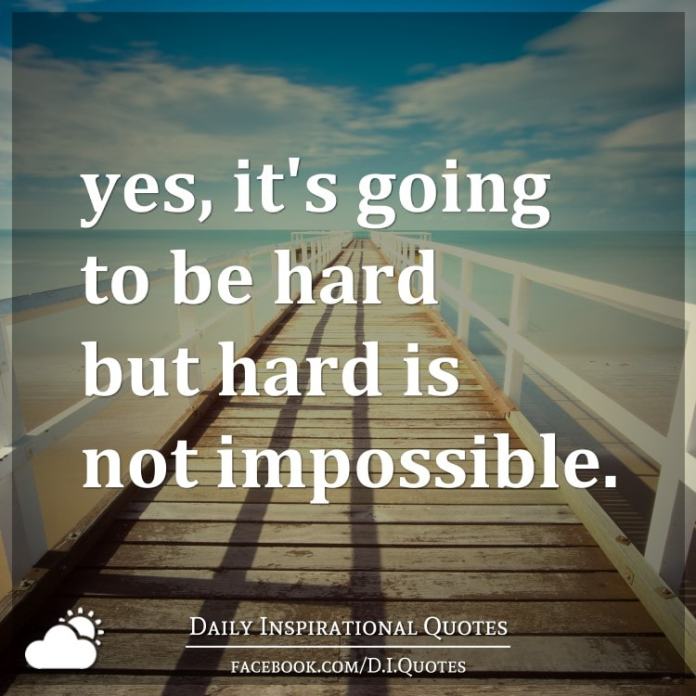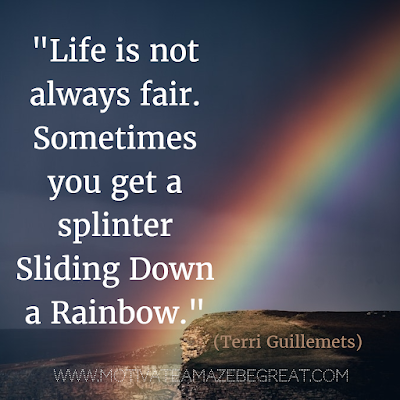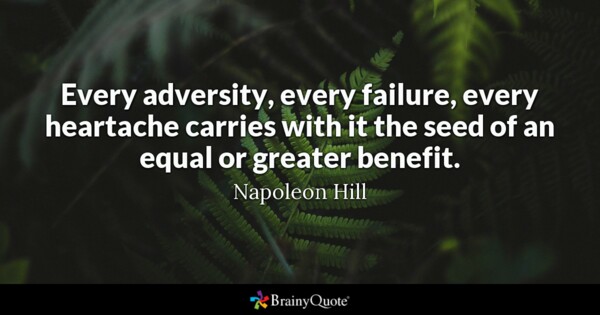If you have chronic pain like I do (mine is caused by a movement disorder called dystonia), or one of many other thousands of health conditions, or just dealing with some tough life situations, you are not alone. We are all in the same boat, even if what we deal with is entirely different. At some time or another we all endure tough experiences.
Nothing ever prepared me for dystonia and chronic, persistent pain, the severity of which was off the charts for years. I didn’t know pain like that was possible. I didn’t respond to it very well and it made my symptoms worse. I cursed the world for what was taken from me and I isolated from everyone and everything. Persistent pain, anxiety, and depression became my only “friends.” I am sure many of you can relate. And again, this is happening to many of us who don’t have health issues, so we must be EXTREMELY diligent in taking good care of ourselves. You can click here to read about some self-care ideas, as well as see my new book, Beyond Pain and Suffering: Adapting to Adversity and Life Challenges, for many more.
When adversity comes, how we respond to it determines what happens next. Life experiences become tragedies if we make the conscious decision to make tragedies out of them. We can either resist or we can accept challenges. If not, we become victims of circumstance.
When I resist what is bothering me, be it dystonia or pain or other tough life “stuff”, I feel worse. We must learn to “go into” or sit with the pain. We also have to choose to view things differently and process things in a healthier way. If we choose to view challenges as opportunities for learning and growth, they can be a driving force for positive changes. If we choose to be angry and bitter our stress will go up, and more inflammatory chemistry will be produced that will worsen the problem.
When I chose the acceptance and coming to terms path with my dystonia, and when I choose this path for other challenges, my life improves and has more meaning. I am also healthier overall despite my chronic health disorder. I now use this mindset to help me through all tough times. My working phrase is, “how do I make the best of a difficult situation?” This helps me to be proactive versus reactive.
With this in mind, consider this: instead of always fighting against whatever we view as wrong, a part of us eventually has to say, “I want better. This is my life and I am going to live it to the best of my ability despite the challenges and do my best to enjoy every moment. If all I do is focus on what is wrong with me, then I will live in a dark and depressing world. I accept that things are tough and it won’t keep me from finding joy.” Life is difficult and until we accept this fact, suffering will be our way of life.
There are so many things we can’t control in life, so if we want to be content, or more than just content, we need to learn to be okay that things may not be the way we want them to be. This means finding a way to accept that they are the way they are for the time being and finding ways to live with them so you can work through them.
Don’t resist what is. It will only make things worse. Breathe, slow down, ‘let go’ the best you can, and stop white knuckling life. Your problems will control you even more when you do this. When my life feels like it is racing out of control, I close my eyes and repeat the following over and over: “I relax into the flow of life and life flows through me with ease.” Please flow with life the best you can, all the while still searching for the best possible relief from whatever is causing you any kind of pain and suffering.












